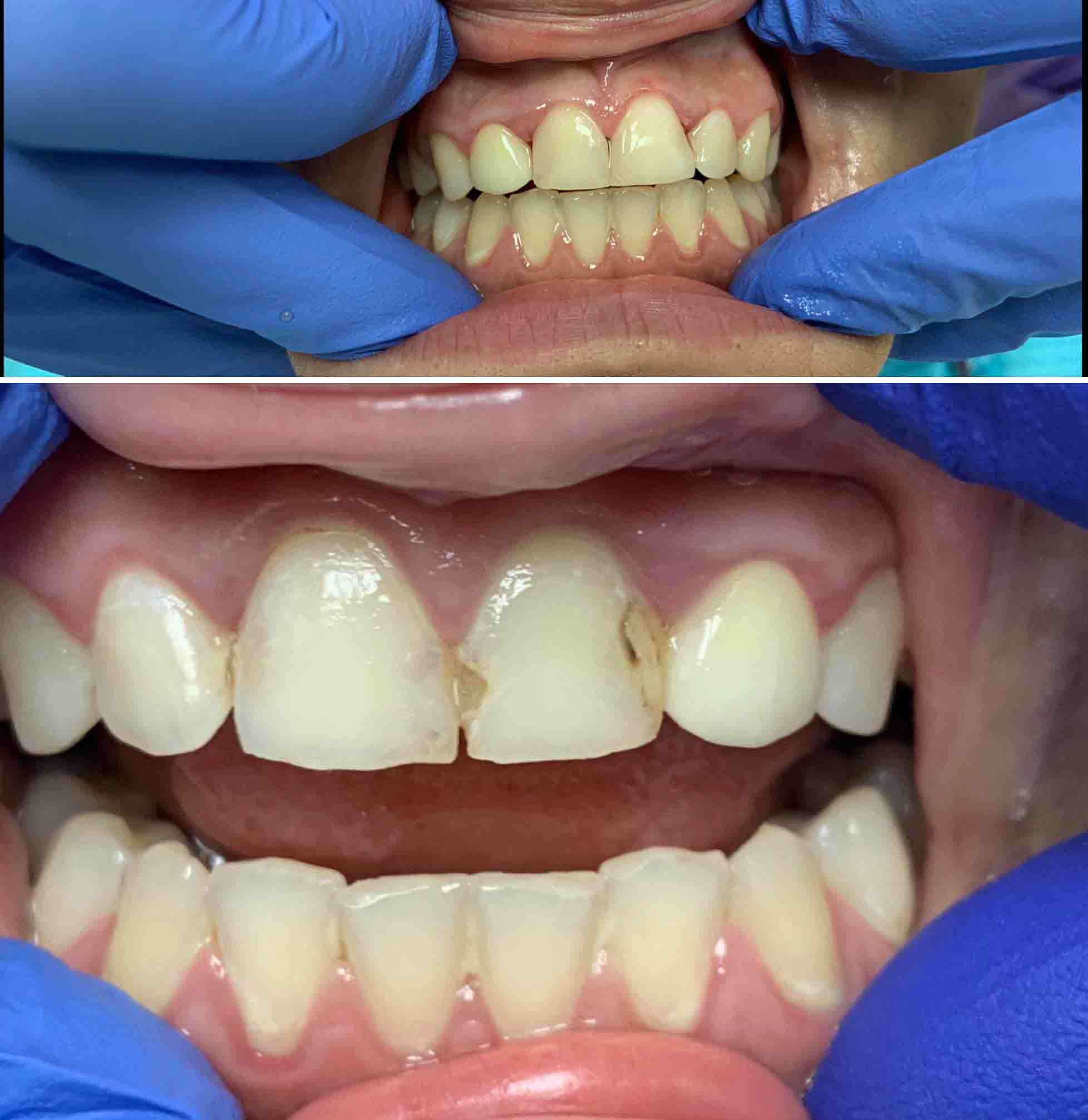Filling Cavity Front Tooth

When it comes to filling a cavity in a front tooth, the procedure is somewhat different from filling cavities in other teeth due to aesthetic considerations. Front teeth, also known as anterior teeth, are highly visible and play a significant role in the appearance of one’s smile. Therefore, the materials and techniques used for filling cavities in front teeth are chosen for their ability to mimic the natural color and translucency of tooth enamel.
Understanding the Process
The process of filling a cavity in a front tooth begins with a thorough examination by a dentist. This examination may include visual inspection, Radiographs (x-rays), andpossibly exploring the tooth surface with a dental explorer to detect any softened areas that might indicate decay. Once the presence and extent of the cavity are confirmed, the dentist will discuss the appropriate treatment options with the patient.
For front teeth, the most common filling materials are composite resins. These materials are tooth-colored and can be closely matched to the natural shade of the tooth, making them virtually invisible in the mouth. Unlike amalgam fillings, which are made from a mixture of metals and have a distinct silver appearance, composite fillings are made from a mixture of plastic and glass, allowing them to blend in with the tooth structure.
The Filling Procedure
Preparation: The first step in filling a cavity is to prepare the tooth. This involves removing any decayed portion of the tooth to prevent the progression of the cavity. The dentist uses a drill to remove the decay, taking care to preserve as much of the healthy tooth structure as possible.
Etching: After the decay has been removed, the dentist applies an etching solution to the area where the filling will be placed. This solution roughens the surface of the tooth, allowing the filling material to bond more securely.
Bonding Agent: A bonding agent is then applied to the etched surface. This agent helps to create a strong bond between the tooth structure and the filling material.
Filling Placement: The composite resin is then applied to the tooth in layers. Each layer is cured (hardened) with a special light before the next layer is applied. This process allows the dentist to build up the filling gradually and shape it to match the contours of the tooth.
Shaping and Polishing: Once all the layers of the filling material have been applied and cured, the dentist shapes the filling to ensure it is comfortable and functions properly. The filling is then polished to remove any imperfections and to give it a glossy finish that matches the natural appearance of the tooth.
After the Procedure
After a cavity in a front tooth has been filled, patients may experience some sensitivity, especially to hot and cold temperatures. This sensitivity is usually temporary and subsides on its own within a few days. In some cases, the dentist may recommend a desensitizing toothpaste or varnish to help alleviate the sensitivity.
It’s also important for patients to maintain good oral hygiene practices, including brushing twice a day, flossing once a day, and visiting the dentist regularly for check-ups. Regular dental visits can help identify cavities early, when they are easier to treat, and prevent more extensive problems from developing.
Conclusion
Filling a cavity in a front tooth is a procedure that not only restores the health and function of the tooth but also considers the aesthetic implications. With the use of tooth-colored composite resins, dentists can provide fillings that are both durable and visually pleasing, allowing patients to maintain a healthy, attractive smile.
How long does a composite filling last in a front tooth?
+Composite fillings in front teeth can last for many years, typically ranging from 5 to 15 years or more, depending on factors such as the size of the filling, the patient's oral hygiene habits, and the amount of wear and tear the tooth undergoes.
Are there any alternatives to composite fillings for front teeth?
+Yes, for larger cavities or in cases where the structural integrity of the tooth is compromised, options like inlays, onlays, or crowns may be recommended. These restorations can provide additional support and protection for the tooth. Additionally, for very small cavities, a dentist might recommend a dental sealant or a fluoride varnish to help prevent further decay.
Can a filling in a front tooth be replaced if it becomes discolored over time?
+In conclusion, filling a cavity in a front tooth is a common procedure that, with the right materials and techniques, can restore both the health and the appearance of the tooth. By understanding the process and the options available, patients can make informed decisions about their dental care and maintain a healthy, beautiful smile.


